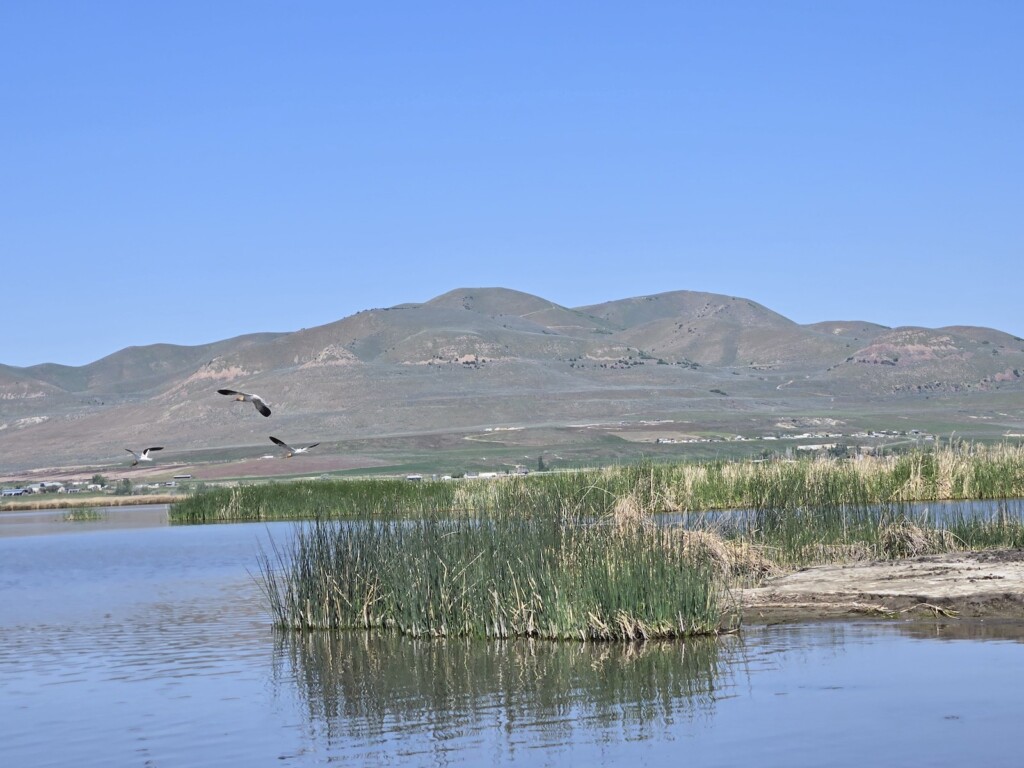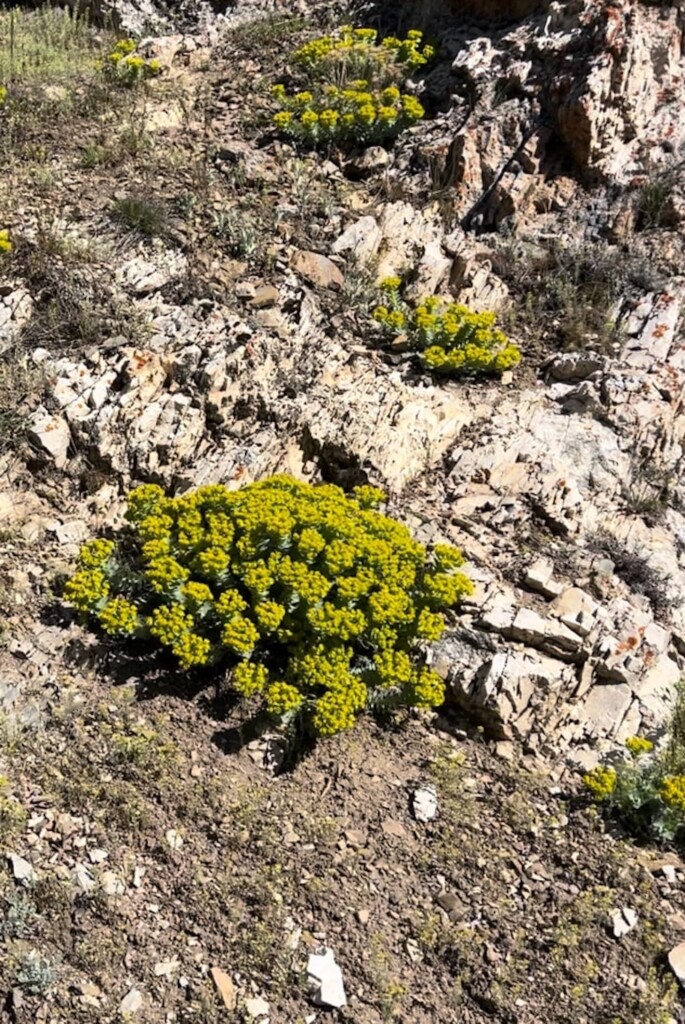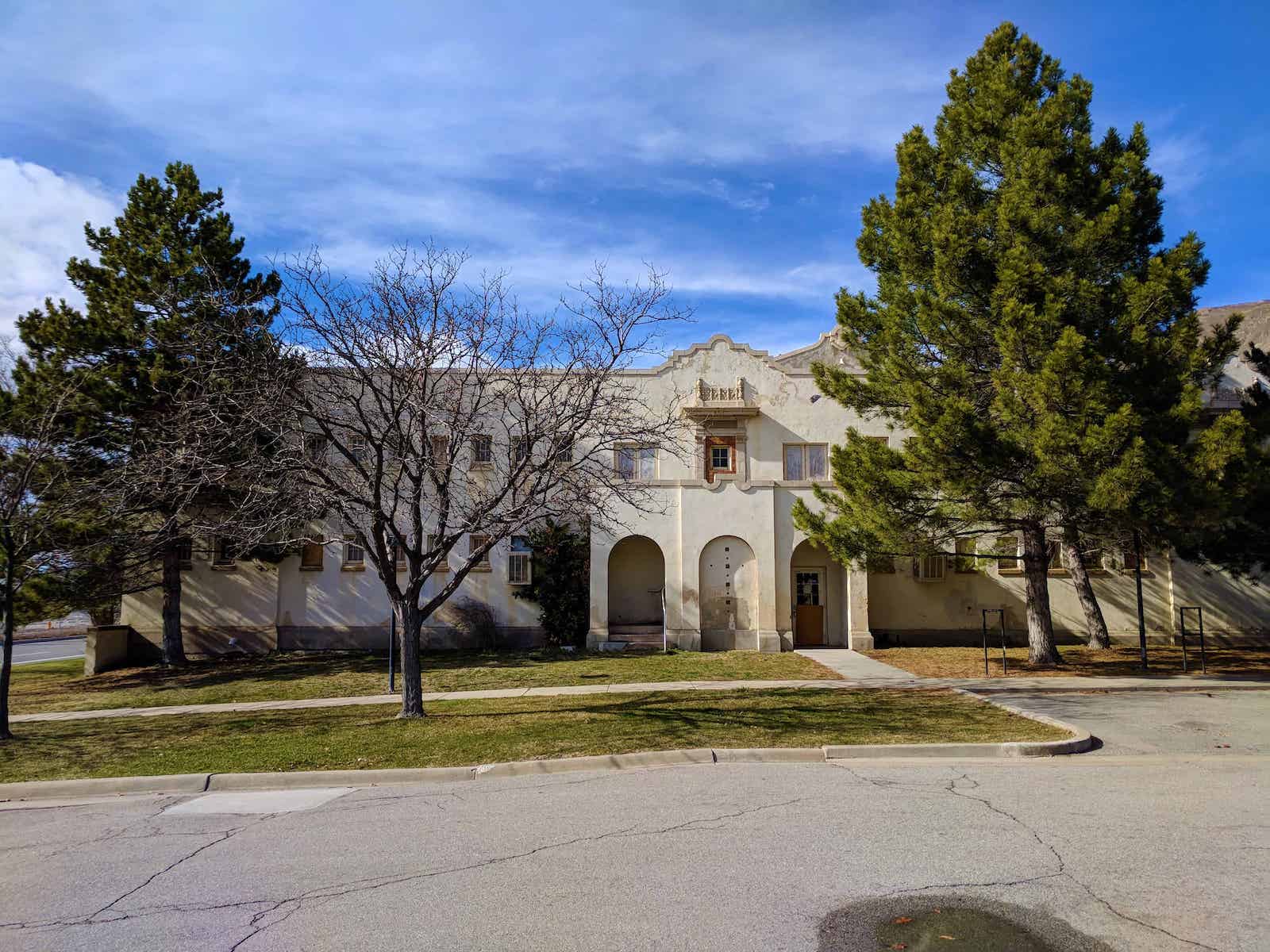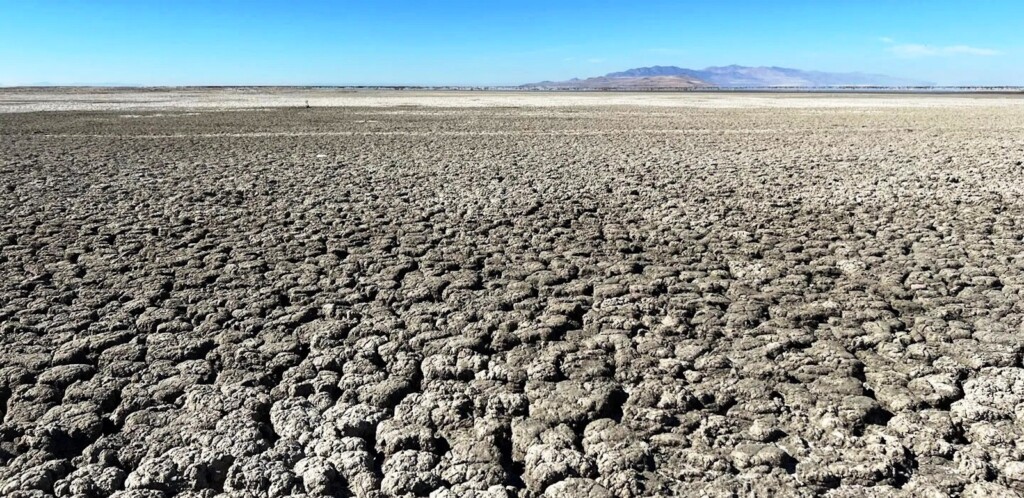A dust cloud swirled behind the RAV4 as we drove north toward Salt Creek Waterfowl Management Area (SCWMA) several miles past Corrine, Utah. It had been ten years since I’d been here and it was dry as a bone.
My friend and I had driven out previously in search of ducks, but there weren’t any, which wasn’t a surprise since there wasn’t any water. After all, waterfowl and migratory shorebirds need the shallow sheetwater that the marsh and surrounding wetlands offer.
Today was different though. Upon arrival at the boat ramp, we were met by Arlo Wing, Assistant Wetland Manager for the SCWMA, and our trusty captain, Eric Casperson, as well as several thousand midges swarming the area not far from the water.
Water Recovery
Yes, water! I was thrilled to see the water in the marsh, and the nearby Great Salt Lake has had a stellar year, but we aren’t out of the woods yet. A lot can change in ten years. Wing’s current restoration project of the SCWMA has created necessary changes for waterfowl and other aquatic shorebirds alike as well as those little midges. It is said that if you whistle in the right tone they will form a column above your head. That said, I can’t whistle so I’ll never know.
Annoying as they may be, midges, among other insects, are an important part of the food chain, and if you look closely at them, they look like they have little black fuzzy leg warmers on.
Habitat Restoration
Casperson brought the boat up to the ramp where several Department of Natural Resource (DNR) employees and volunteers from the Utah Airboat Association stepped off as we boarded. The volunteers had been out in the marsh for the day planting three important types of bulrush; alkali, hardstem, and three-square bulrush on the small islands that volunteers and the DNR have rebuilt over the past several years.
The area was designed to provide a habitat for Utah’s Waterfowl species among other birds in the restoration project.
“It is important to restore natural habitat as it will help combat invasive plants such as Phragmites that suck up so much water,” said Dave Casperson during a recent phone call.
Volunteers from the Utah Airboating Association and Delta Waterfowl have donated their time and efforts to DNR multiple times during the past decade to help restore the vegetation that is so important to the survival of the wetlands that surround the Great Salt Lake.
Casperson started the motor which came alive with a roar as we placed hearing protection over our ears. Casperson’s 18’ foot Hamant Airboat was custom built and welded by Eric and his Dad, Dave Casperson. It is the latest in their long-time fleet of airboats. When asked why they like the marsh, Dave replied, “It’s my happy place. It’s quiet and peaceful out here on the marsh.” As Eric motored out on the water, we marveled about how special this area is, the importance of Great Salt Lake, and its place within the larger ecosystem.
Utah’s Wetlands
About 80% of Utah’s wetlands surround the Great Salt Lake and provide a special smorgasbord buffet dinner of midges and other little creatures to waterfowl and aquatic shorebirds that stop here on their annual migration south.
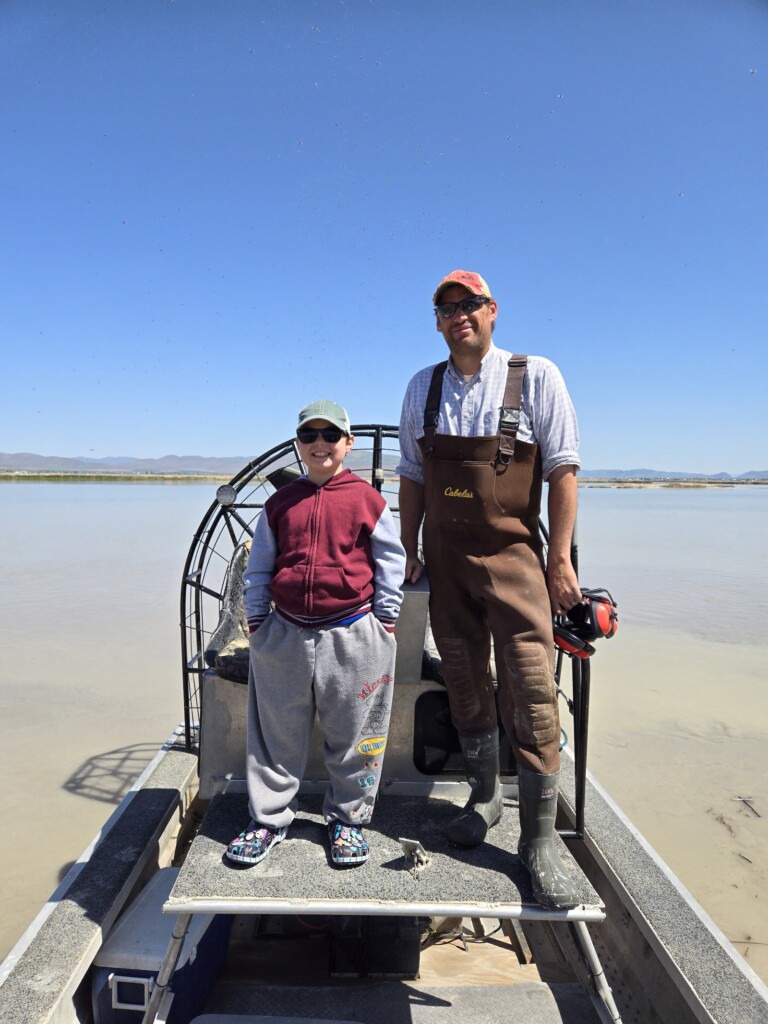
Not only were we on the marsh to celebrate my grandson Nikko Othon’s 12th birthday that day, but we were celebrating the return of the water. Nikko sat up high in the Florida-style airboat, his mother down below with me and their stepdad.
When Nikko was asked if he liked the boat ride, he replied, “It is so peaceful here. We need more places like this.” That’s pretty insightful for a 12-year-old man-cub, and he’s right, we do need more places like this, but just as important, we must protect what we already have. Frankly, many locations have dried up because of drought and poor water management upstream.
In the West, there is a law and mindset that says, “1st in time, 1st in right” when it comes to water; not to mention that you either use it or you lose it. It’s similar to the old use it or lose it mindset for budgeting back when I was a Cubmaster with the Boy Scouts. The rule was that you should use it and use extra or your budget would be cut for the next year.
The West’s water laws are quirky and set in stone. However, we have seen small changes in water mindsets over the past few years regarding the Great Salt Lake and surrounding wetlands.
Young Nikko laughed as Casperson spun the airboat in a few 360-degree spins, then we stopped and sat in the quiet. A few invasive carp that were introduced in the early 1880s as a food source swam by in the shallow water, their dorsal fins cutting the surface like tiny sharks. They now outcompete native species for resources and can even feed on them.
On the drive home, we all pondered how the lake and surrounding wetlands can survive with the threat of urban sprawl lurking on the boundaries, new prisons built in flood plains, and invasive species lurking in the water.
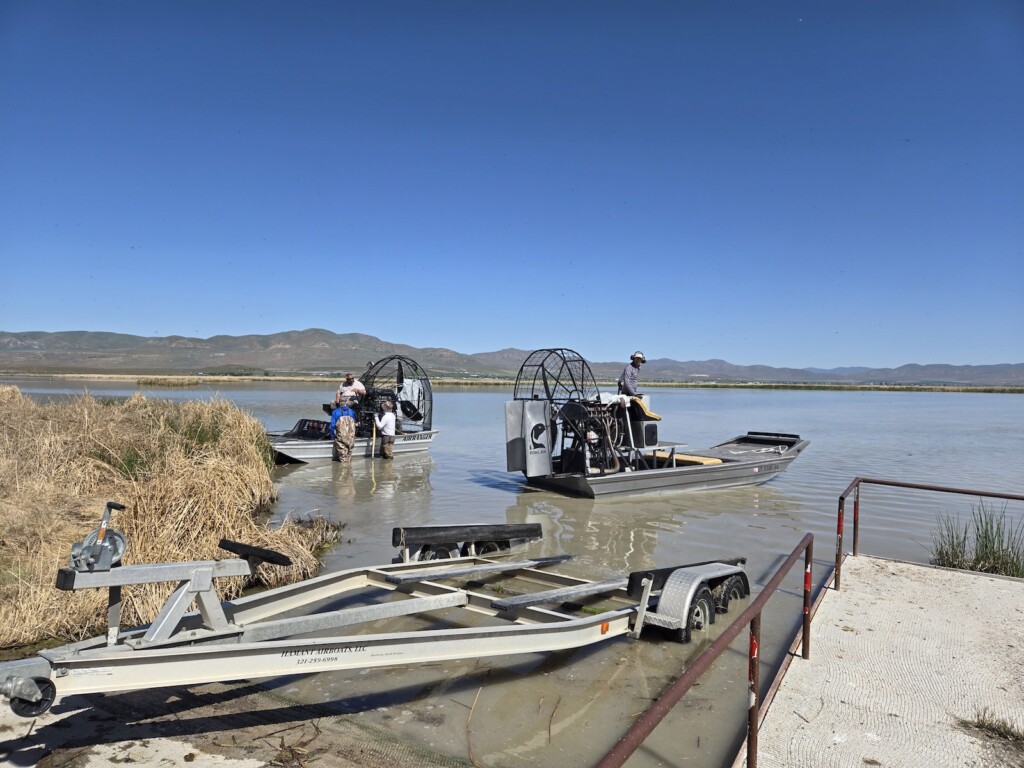
“It’s such an amazing place to be,” said Wetland Manager Chad Cranney, as we discussed the most recent restoration project for Salt Creek during a recent interview. “Who wouldn’t want an office like this?” he asked, and I couldn’t agree more. It’s been a long time since I was at Salt Creek and it looks better than ever!
Access to this area is restricted and only open to public use one week before the waterfowl hunting season.
Feature Image: Salt Creek Wetlands. Photos by Nicole Anderson.

